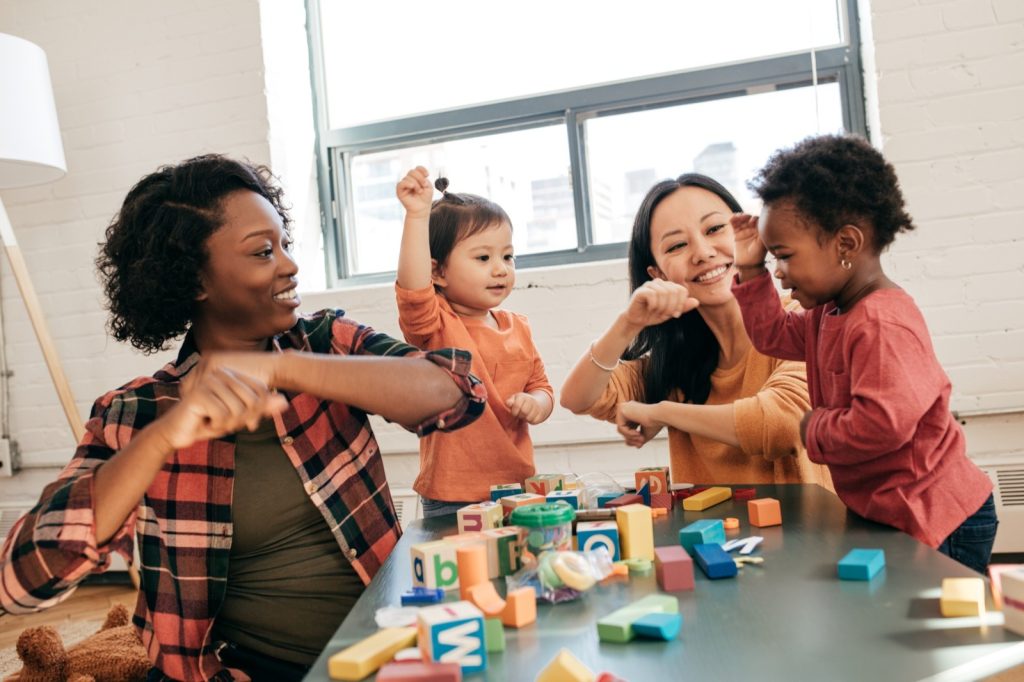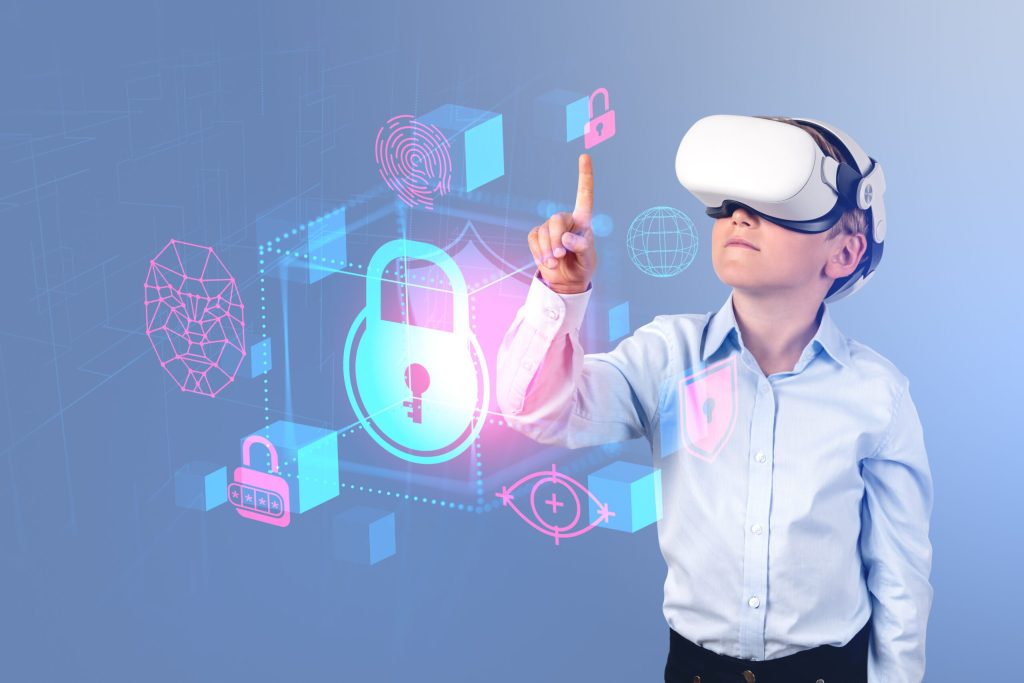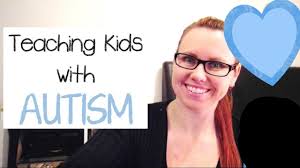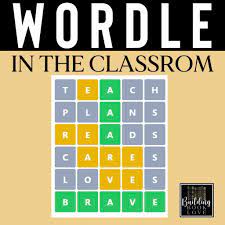Autism Spectrum Disorder (ASD) is a developmental disability that can cause significant social, communication, and behavioral challenges. The learning process for individuals with ASD can be quite unique, requiring specialized strategies to meet their varied needs. Educators, parents, and professionals who are equipped to teach persons with autism effectively improve not just educational outcomes but also help in promoting overall well-being and independence.
Understanding Autism Spectrum Disorder is the first critical step in designing successful teaching strategies. Every individual with ASD has a distinct set of strengths and challenges, making the adaptation of teaching methods essential. Here are some key strategies often used to teach persons with ASD:
1. Structured Learning Environment: Individuals with autism often thrive in environments where there is consistency and predictability. Establishing routines and clear expectations can help create a sense of security, minimizing anxiety and behavioral issues.
2. Visual Supports: Many people with ASD are visual learners; hence, integrating visual supports such as pictures, symbols, or written words aids in understanding and communication. Visual schedules, for example, can assist individuals in grasping the sequence of activities or concepts being taught.
3. Individualized Instruction: Personalized learning approaches should be developed based on an individual’s learning style, interest, and the level of functioning. One-on-one instruction or small group settings can be very effective in providing the necessary attention and support.
4. Communication Development: Since communication challenges are a hallmark of ASD, targeted interventions to enhance verbal and non-verbal communication skills are vital. This may include teaching sign language, using communication devices, or encouraging the use of full sentences.
5. Social Skills Training: Social interaction does not come naturally to many individuals with autism; therefore explicit instruction in social skills such as sharing, taking turns, making friends, or reading social cues is essential.
6. Sensory Integration: Sensory sensitivities are common in individuals with ASD; addressing these through sensory integration therapy or creating sensory-friendly learning spaces can reduce discomfort and aid focus and engagement.
7. Use of Special Interests: Tapping into the special interests of an individual with autism can significantly enhance motivation and engagement in learning processes. Using these interests as gateways to teach various concepts could lead to more effective knowledge acquisition.
8. Positive Reinforcement: Positive reinforcement can be a powerful tool in encouraging desired behaviors or skills in individuals with autism. Immediate recognition of positive actions with tokens of appreciation or other rewards often helps in reinforcing appropriate behavior.
9. Technological Aids: Technology can provide interactive ways to engage individuals with autism through educational software or applications specifically designed for people on the spectrum.
10. Collaborative Approach: Involvement from parents, therapists, and other specialists working together paves the way for comprehensive educational plans that address multiple aspects of an individual’s development.
Professionals teaching individuals with autism should receive ongoing training to stay updated on best practices and innovative techniques within the field of ASD education. Patience, creativity, dedication, along with evidence-based teaching methods create a formula that facilitates learning and growth for those on the autism spectrum.
By cultivating inclusive educational spaces where differences are embraced and support is tailored individually, we make strides towards empowering each person with autism to reach their full potential within society.











